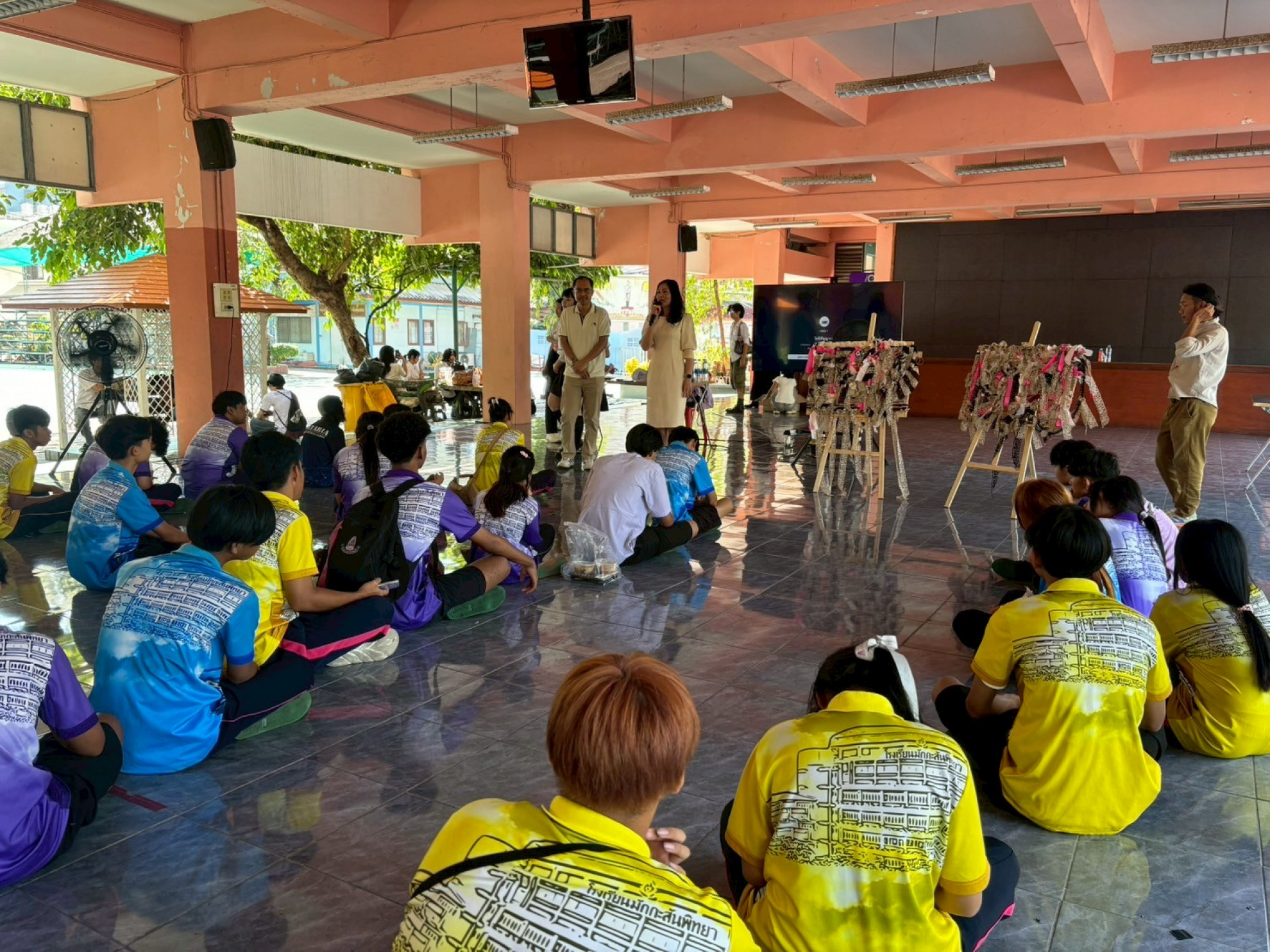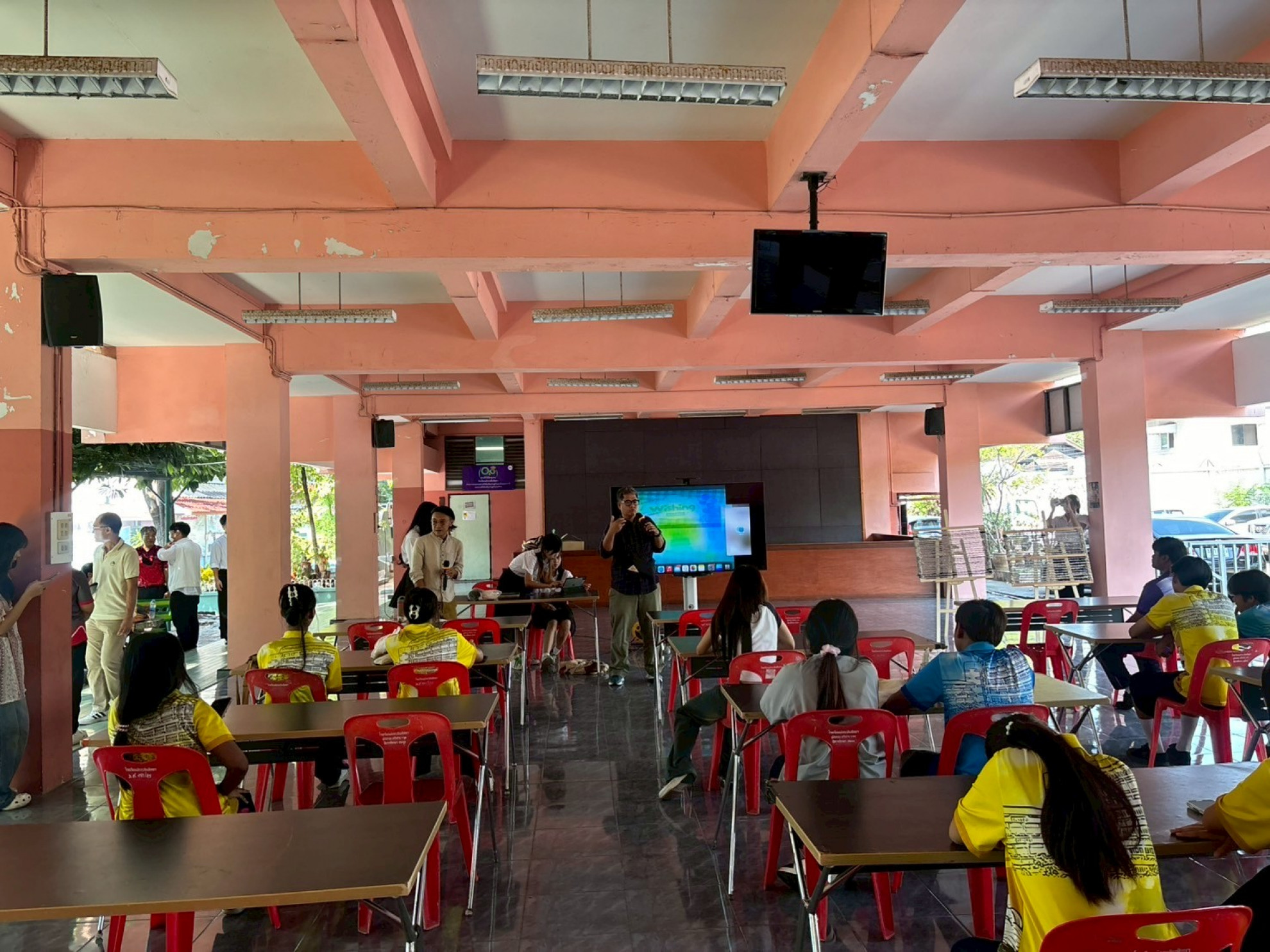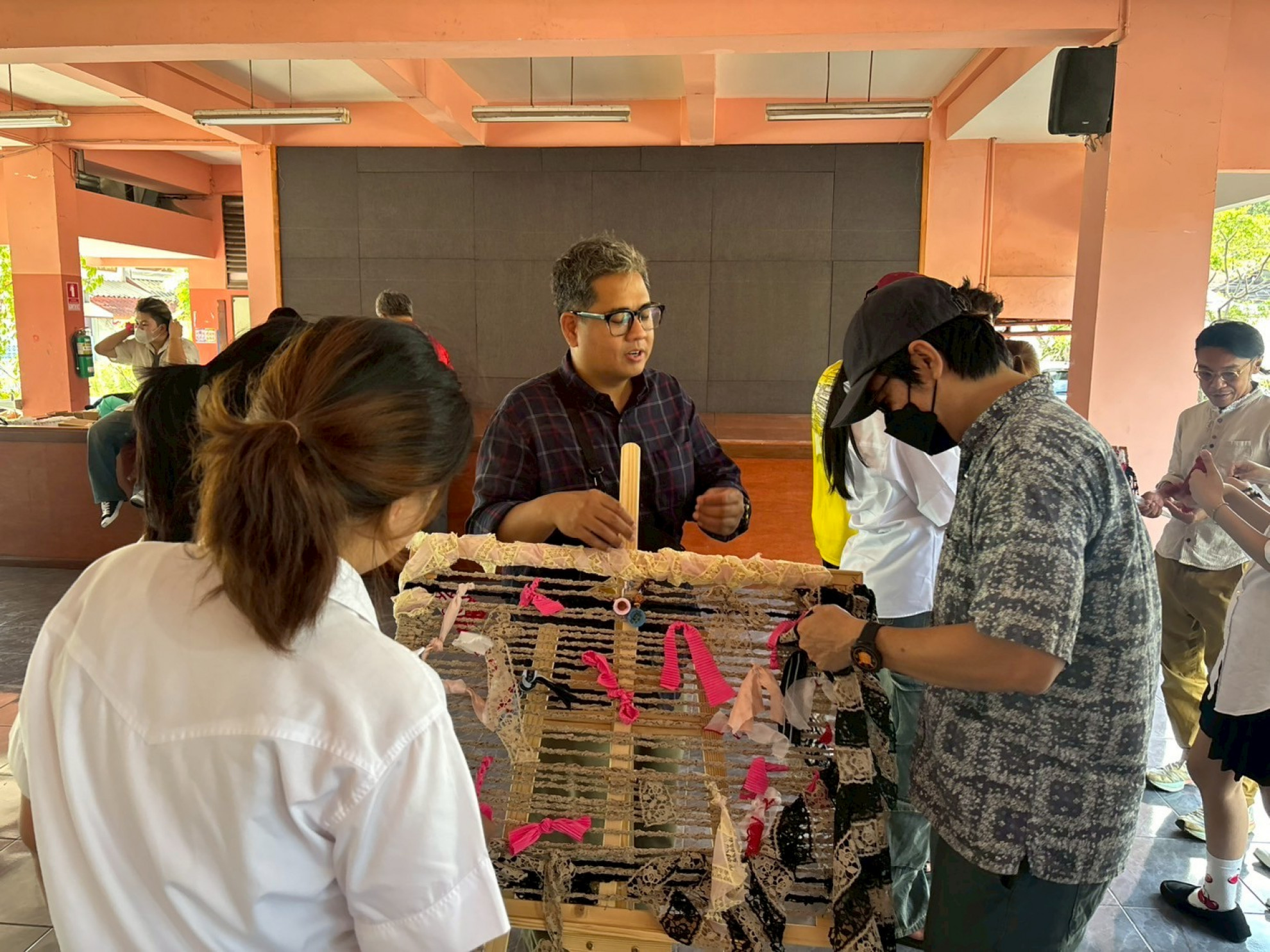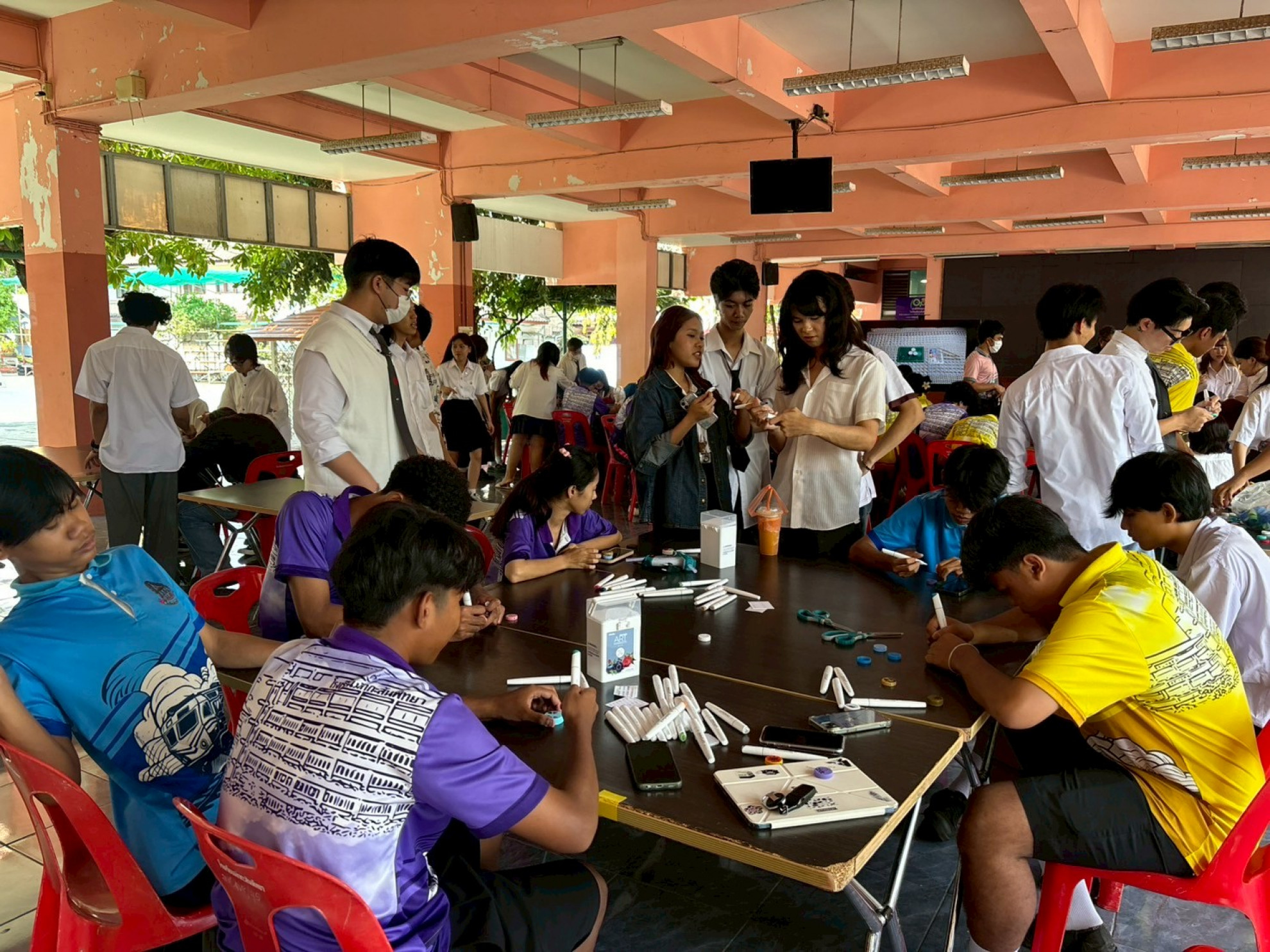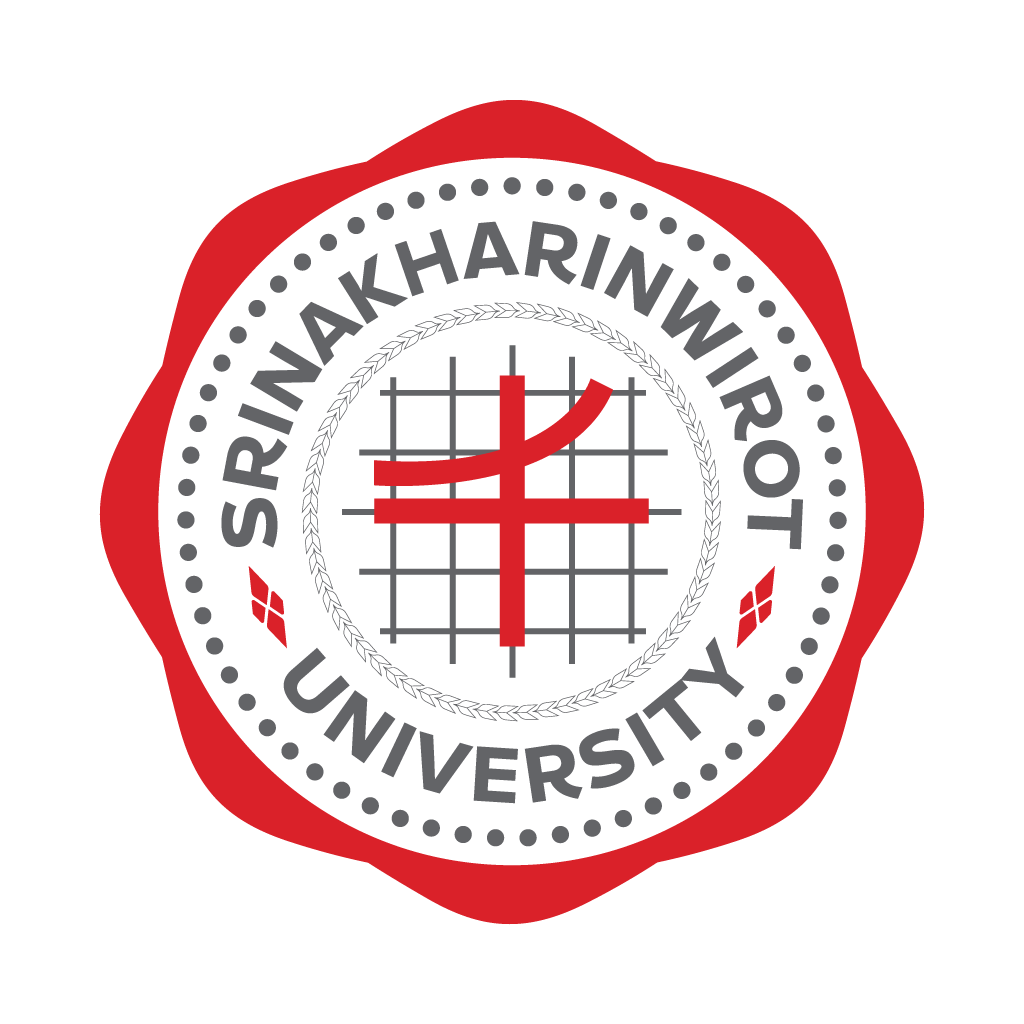





| Target | Indicator | Result |
|---|---|---|
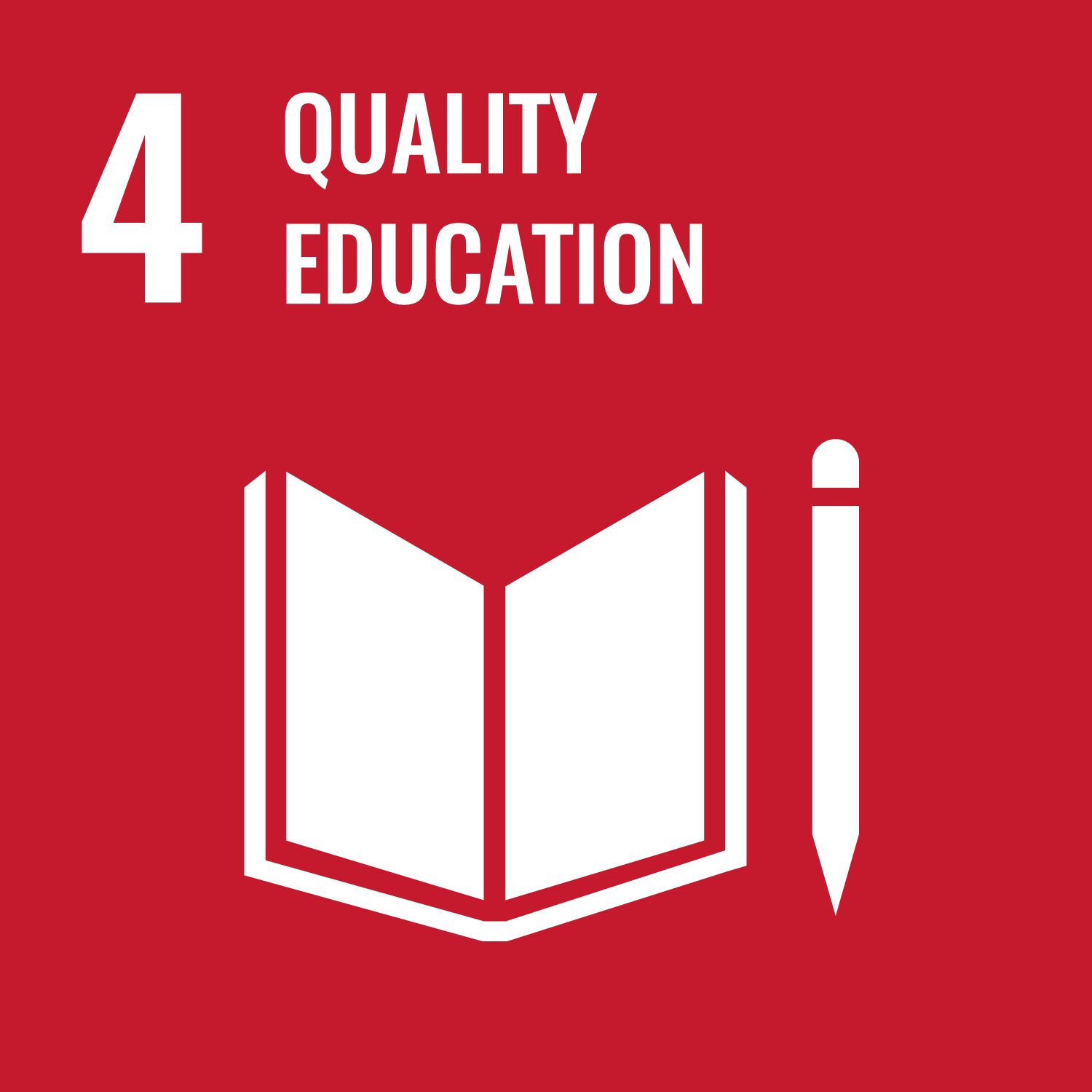
SDG 4
QUALITY EDUCATION
|
||
| 4.4 By 2030, substantially increase the number of youth and adults who have relevant skills, including technical and vocational skills, for employment, decent jobs and entrepreneurship | 4.4.1 Proportion of youth and adults with information and communications technology (ICT) skills, by type of skill | The project indirectly contributes to the proportion of youth and adults with ICT skills, by type of skill, by encouraging participants to apply digital tools in documenting, presenting, and promoting their creative works. Through activities such as photographing and sharing their recycled-material artworks, designing simple digital presentations, or using online platforms to showcase their products, students and community members strengthen basic ICT competencies. These skills—ranging from digital communication to content creation—complement their creative and artistic abilities, enabling them to extend the impact of their work beyond the classroom and community. By integrating art with ICT, the project enhances participants’ readiness for future employment and entrepreneurial opportunities in a digital-driven economy. |
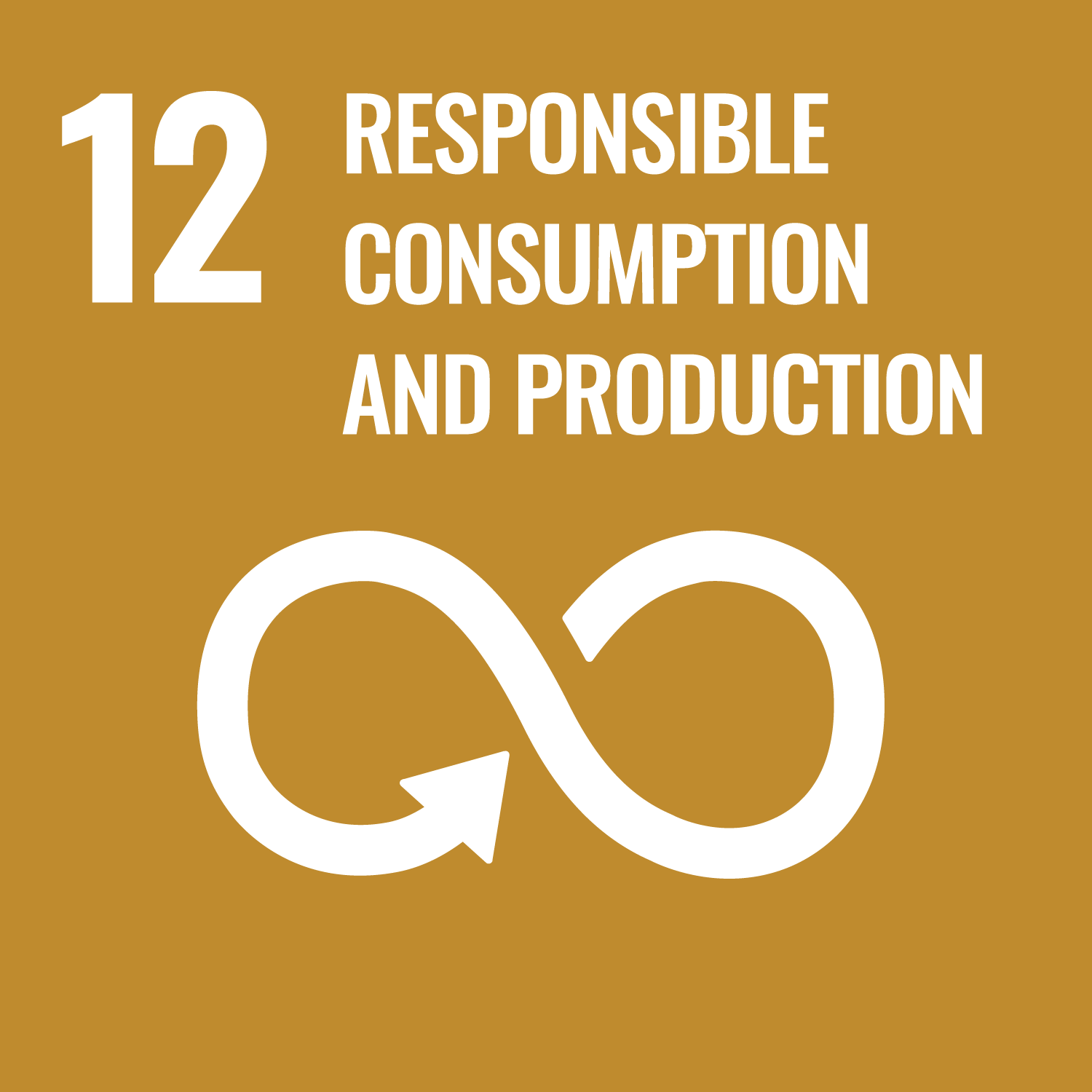
SDG 12
RESPONSIBLE CONSUMPTION & PRODUCTION
|
||
| 12.5 By 2030, substantially reduce waste generation through prevention, reduction, recycling and reuse | 12.5.1 National recycling rate, tons of material recycled | The project directly relates to SDG 12.5 (National recycling rate, tons of material recycled) by promoting the creative reuse of waste materials in visual art activities. Participants transformed discarded items into valuable artworks and potential innovative products, thereby reducing the volume of non-biodegradable waste that would otherwise contribute to environmental problems. This not only fosters awareness of recycling and sustainable consumption but also encourages behavioral change at the community level. By cultivating skills and mindsets that prioritize material reuse and creative upcycling, the project contributes to increasing the national recycling rate and supports Thailand’s broader efforts to manage resources more efficiently and sustainably. |
The Academic Service Project (Saensaeb Model): Visual Arts for Creative Thinking Development aims (1) to organize hands-on workshops in visual arts to foster creativity, (2) to deliver academic services to society in the strategic area of the Faculty of Fine and Applied Arts under the “Saensaeb Model,” and (3) to integrate academic service with SDGs, teaching, and research. The project is connected to teaching through courses such as VIS272 Community Art and Environment and VIS291 Art Space and Art Exhibition Management; to research and innovation on art exhibitions and cultural design studies; and to SDG 4 (Quality Education, Target 4.4) by equipping youth and adults with creative, practical, and entrepreneurial skills that are essential for decent work and sustainable livelihoods. At the same time, it supports SDG 12 (Responsible Consumption and Production, Target 12.5) by encouraging sustainable art practices that reduce waste through reuse, recycling, and creative transformation of materials. By linking visual arts education, research, and community engagement, the project promotes both human capacity development and environmentally conscious cultural production.
Community Impact: The project enhanced the knowledge and understanding of visual arts for creative thinking among students at Makkasan Pittaya School. A total of 117 participants had the opportunity to create artworks using recycled materials, develop creative thinking skills, and learn how to apply this knowledge in daily life. These skills can be extended to add value to products made from waste materials, providing a foundation for sustainable living and future income generation.
University Impact: Faculty members and students applied their expertise in fine arts to deliver academic services to society, leading to qualitative development of participants. The experience also provided opportunities for faculty and students to generate new knowledge, research, and innovations that address social challenges, aligning with the university’s strategic goals and mission.
National Impact: The project contributed to building national capacity in fine arts by fostering creativity, promoting efficient use of resources, and encouraging the development of innovative products that enhance community well-being. Additionally, it established practices for managing waste materials to reduce non-biodegradable waste. This directly supports SDG 4 (Quality Education) by equipping learners with sustainable skills and lifelong learning opportunities, and SDG 12 (Responsible Consumption and Production) by promoting recycling, reuse, and innovative approaches to waste reduction. Together, these impacts drive sustainable development at the community, university, and national levels.
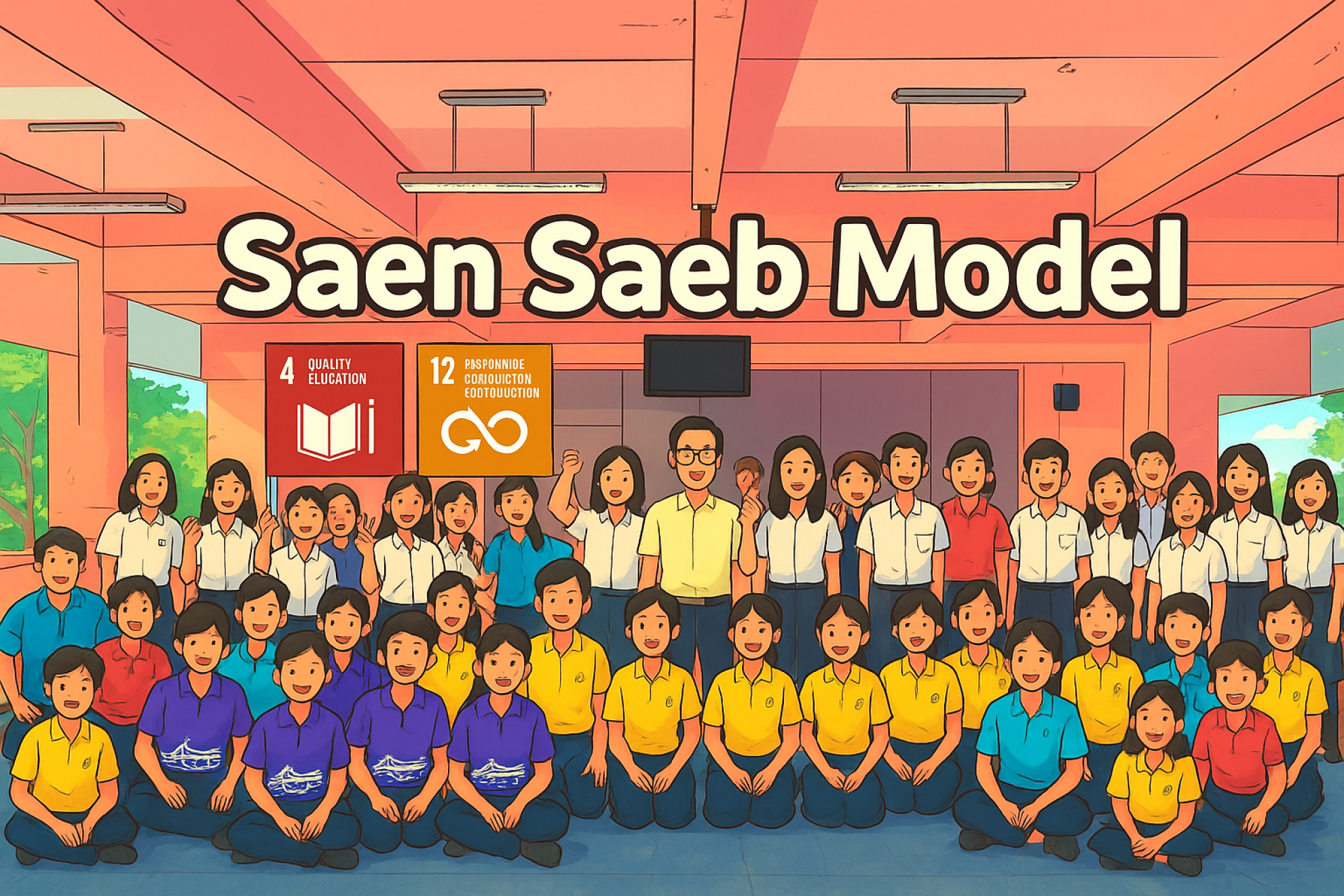
.jpg)

